Search
Search Results
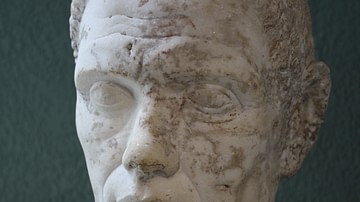
Definition
Claudius
Claudius was Roman emperor from 41 to 54 CE. After the death of Emperor Caligula (37-41 CE) and his family at the hands of the Praetorian Guard, the future Emperor Claudius was found quivering behind a set of curtains, fearing for his own...
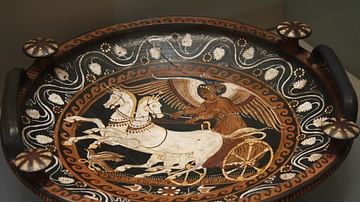
Definition
Nike
The ancient Greek goddess Nike was the personification of the ideal of victory. Such personifications of ideal terms were common in ancient Greek culture; other examples include Wisdom, Knowledge, and Justice. Unlike other gods in the Greek...
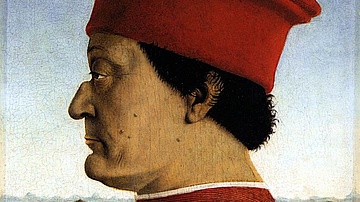
Article
Patrons & Artists in Renaissance Italy
During the Renaissance, most works of fine art were commissioned and paid for by rulers, religious and civic institutions, and the wealthy. Producing statues, frescoes, altarpieces, and portraits were just some of the ways artists made a...
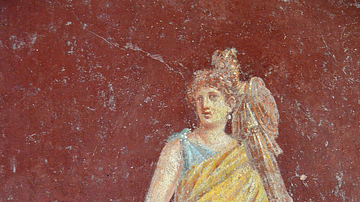
Image
Iphigenia with the Palladium
Fresco depicting Iphigenia, daughter of King Agamemnon, with the Palladium (cult image of Pallas Athena). Mid-1st century CE. From Room 30 of the Villa San Marco in Stabiae, Italy.
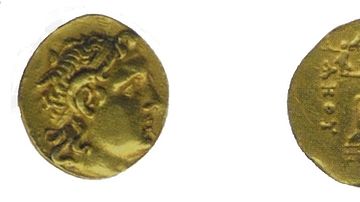
Image
Colchis Alexander Stater
Pure gold. Weight – 8,5 gr. d=17/18 mm. Obverse: Diademed head of Alexander the Great, right, wearing horn of Ammon. Reverse: Athena Pallas enthroned, left, holding Nike in an open right hand and resting left hand on the arm of the...

Image
Château du Lude
Château du Lude, Le Lude, France. One of the most northerly of the Loire châteaux, the site was already occupied in the Middle Ages as a strategic point on the borders of Maine, Anjou and Touraine. Occupied by the English during the Hundred...
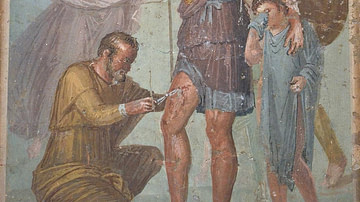
Definition
Aeneas
In Greco-Roman mythology, Aeneas is a Trojan prince and the legendary founder of the Romans. He is the son of Anchises, a member of the Trojan royal family, and the goddess Aphrodite/Venus. Aeneas was one of the few Trojan heroes who escaped...
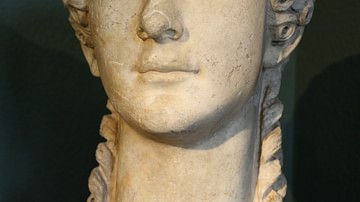
Definition
Agrippina the Younger
Julia Agrippina or Agrippina the Younger (6 November 15 - 19/23 March 59 CE) was a prominent woman during the early Roman Empire, niece to Tiberius (r. 14-37 CE) and Claudius (41-54 CE), whom she married, sister of Caligula (r. 37-41 CE...
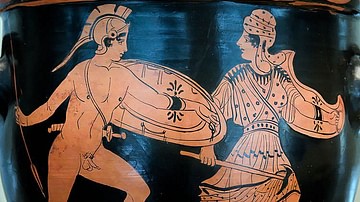
Article
A Visual Who's Who of Greek Mythology
Achilles The hero of the Trojan War, leader of the Myrmidons, slayer of Hector and Greece's greatest warrior, who sadly came unstuck when Paris sent a flying arrow guided by Apollo, which caught him in his only weak spot, his heel...
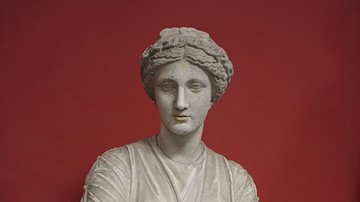
Article
Hesiod on the Birth of the Gods
The Greek poet Hesiod (c. 700 BCE) is most famous for his works Theogony and Works and Days. In this passage from Theogony, Hesiod relates the birth of the gods from cosmic Chaos and follows the lineage through the great Zeus, King of the...